A common problem with my questions was that they’d start really low and also end really low. Now, starting low is fine. That makes for a nice starting point. But we have to go past that starting point! What I needed to do was write a sequence of questions. Question 2 should raise the thinking a bit. Then Question 3 should build on that.
An Example
Here’s a question from an old worksheet of mine:
Which type of figurative language is used in this sentence?
“By 12:40, Mr. Byrd was so hungry he could have eaten a walrus.”
A student can write “hyperbole” and be done. Because that’s all I’ve prompted them for!
Nowadays, I’d rewrite this as a sequence of questions. Each step would push students higher up Bloom’s Taxonomy.
The Update
On Bloom’s, I think it’s helpful to aim for Analyze. At a minimum, I want students comparing, contrasting, categorizing, etc? To do that I need a second example of figurative language. I could write:
I was so thirsty I could have swallowed each of the seven seas and still asked for a refill
Now I can ask my students to Analyze. And Evaluate naturally follows from Analyze.
- What makes the second example a more effective use of figurative language?
And then we’ll Synthesize:
- Could you rewrite the first example to be even better than the second example?
Another step? Sure!
- Read several of your classmates’ rewrites. Look for three categories: needs more, just right, and too much. Use this to give your version a final rewrite.
This sequence of questions is so much better, right?
And note that we don’t need artificial “On-Level” and “Above Level” groups? By aiming high, we get differentiation built in. Yes, that means that some students won’t get all the way to the end of the sequence. But that’s literally differentiation! Students should be doing different things.
Related Videos For Byrdseed.TV Members



